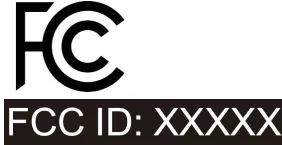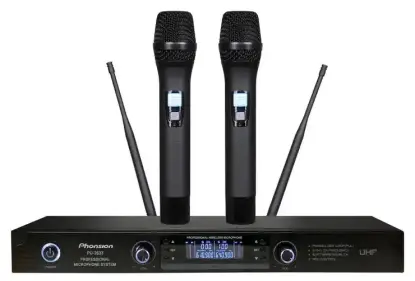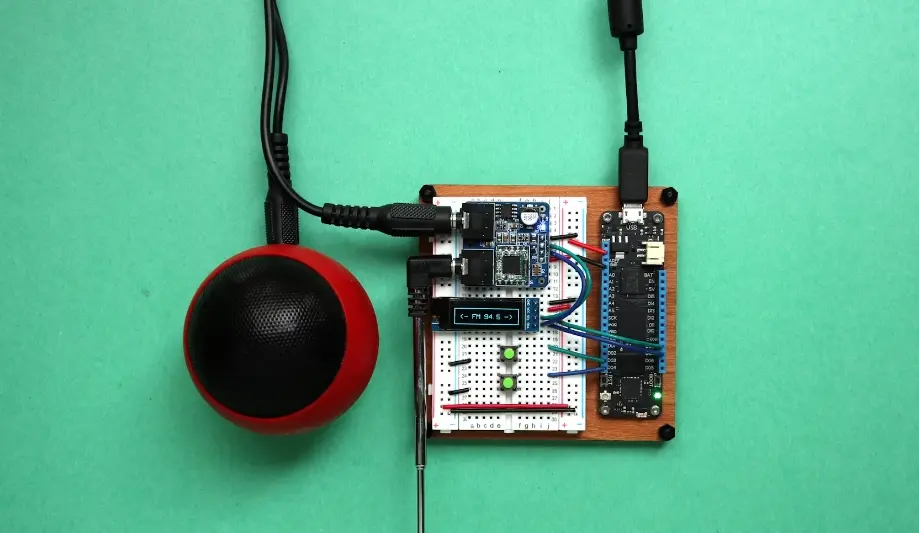
What are the differences between CE, EMC, and LVD?
Many people are familiar with the three certification standards: EMC, LVD, and CE. Among them, EMC refers to Electromagnetic Compatibility, primarily aimed at preventing electromagnetic interference between electronic devices. LVD stands for Low Voltage Directive, mainly ensuring the safety of electronic devices and preventing hazards such as electric shock during use. CE certification is a mark of compliance with EU regulations, and only electronic products that meet the relevant standards can be sold in the European market.
What is the relationship between CE, EMC, and LVD?
Answer: EMC and LVD are two directives under CE. For products with ordinary low-voltage DC power supply, CE certification generally only requires EMC testing, and the CE mark can be placed on the product after completion. For products with high-voltage AC power supply, in addition to EMC testing, LVD testing is also required when applying for CE certification. EMC and LVD testing usually result in separate test reports and certificates.
CE certification only covers the basic safety requirements ensuring that products do not endanger the safety of humans, animals, and goods, rather than general quality requirements. Harmonized directives only specify the main requirements, while general directive requirements are the responsibility of standards. The "essential requirements" that constitute the core of European directives have a specific meaning in the Resolution on a New Approach to Technical Harmonization and Standards of May 7, 1985 (85/C136/01). Products that meet the relevant essential requirements of the directives can be affixed with the CE mark, rather than being judged based on general quality standards.
Origin of the CE name:
CE is also an abbreviation for the term "European Community" in many languages of the European Community countries. Originally, the English phrase EUROPEAN COMMUNITY was abbreviated as EC. However, due to variations in how the European Community is expressed in different languages (e.g., COMMUNATE EUROPEIA in French, COMUNITA EUROPEA in Italian, COMUNIDADE EUROPEIA in Portuguese, COMUNIDADE EUROPE in Spanish), EC was changed to CE.
What are the differences between EMC and LVD directives?
CE is composed of EMC (Electromagnetic Compatibility) + LVD (Low Voltage Directive). EMC includes EMI (Electromagnetic Interference) + EMS (Electromagnetic Susceptibility). In layman's terms, LVD refers to SAFETY. Generally, low-voltage products with AC less than 50W and DC less than 75V do not require LVD testing. Low-voltage products only need to undergo EMC testing and receive a CE-EMC certificate. High-voltage products need to undergo both EMC and LVD testing, receiving two certificates and reports: CE-EMC and CE-LVD.
In summary, CE is a mark indicating overall compliance, while EMC and LVD are specific standards that products must meet to ensure electromagnetic compatibility and safety, respectively. Without these certifications, we may encounter various problems when using electronic products, such as electrical fires and electric shocks. Moreover, without CE certification, electronic products cannot be sold in the European market, which is also very disadvantageous for manufacturers.
Email:hello@jjrlab.com
Write your message here and send it to us
 What is FCC Class A vs. Class B?
What is FCC Class A vs. Class B?
 UL Standards for Electrical Equipment
UL Standards for Electrical Equipment
 Is UL Certification Required in the USA?
Is UL Certification Required in the USA?
 Wireless Microphone Export Certification
Wireless Microphone Export Certification
 Audio-Visual Products SNI Certification in Indones
Audio-Visual Products SNI Certification in Indones
 FCC-ID: Still Needed if Module is Certified?
FCC-ID: Still Needed if Module is Certified?
 FCC Certification Fees for Handheld Fans
FCC Certification Fees for Handheld Fans
 FCC Certification Testing for Smart Lighting Produ
FCC Certification Testing for Smart Lighting Produ
Leave us a message
24-hour online customer service at any time to respond, so that you worry!




